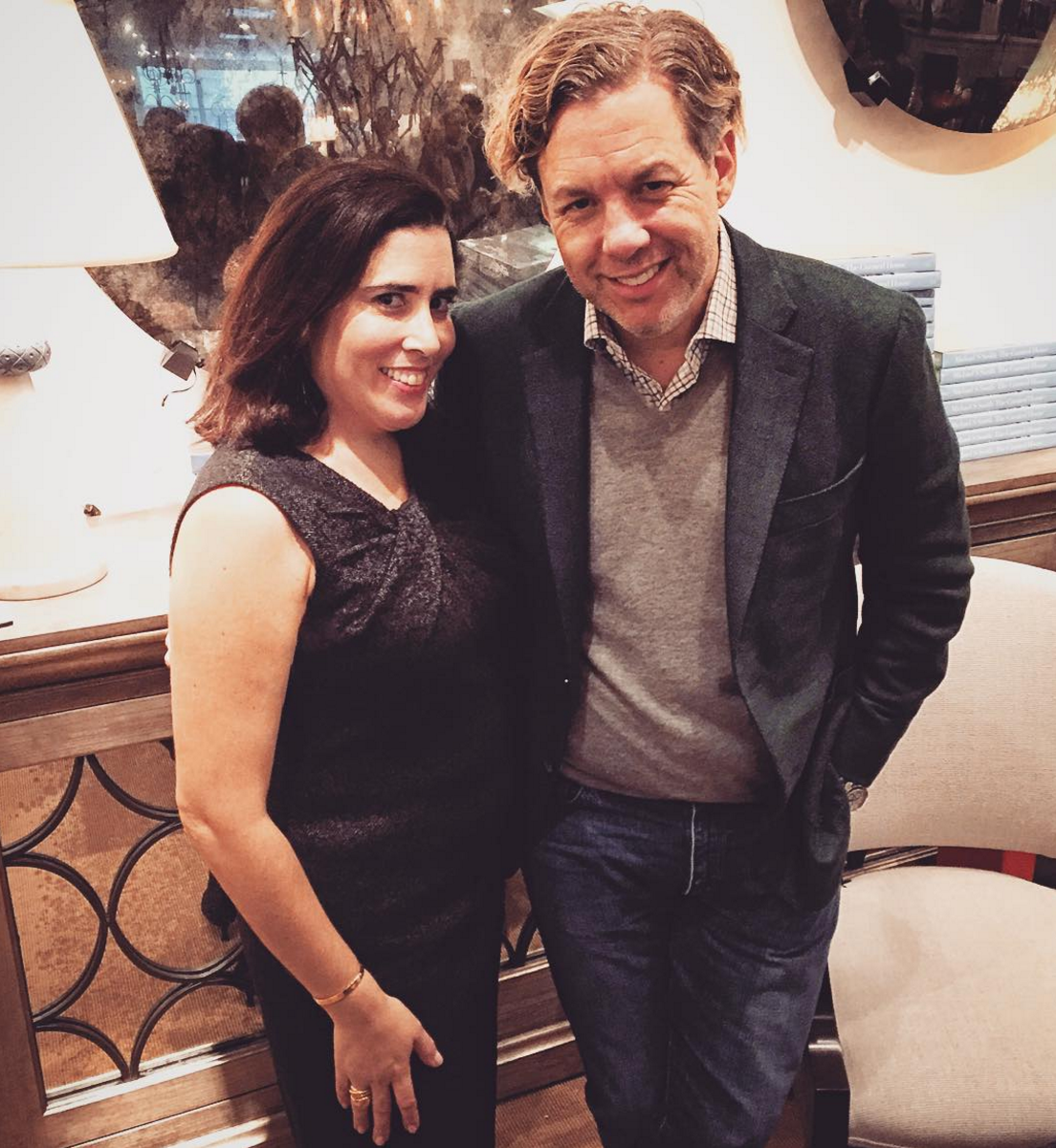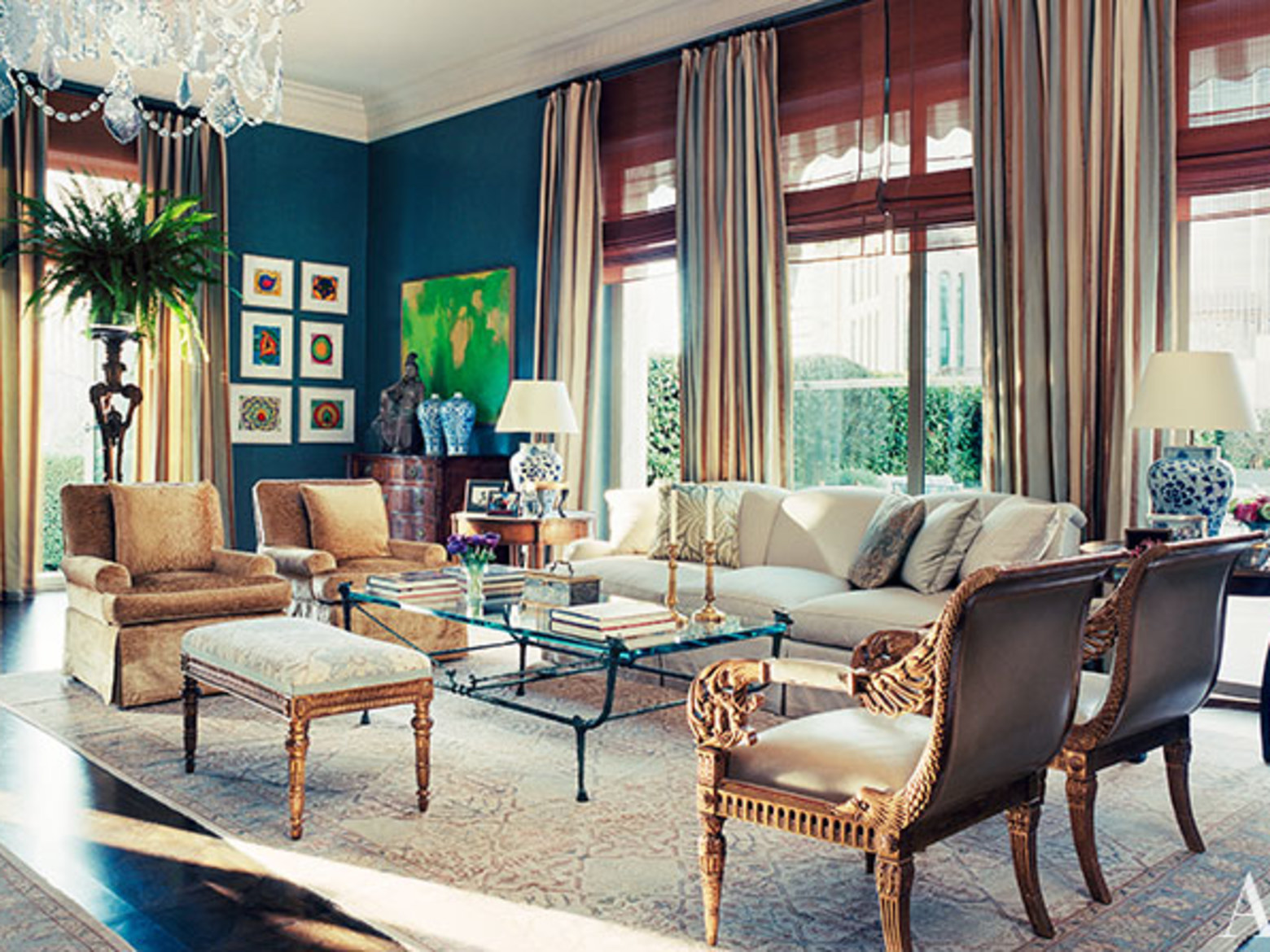
Marisa Marcantonio and Michael S. Smith
Michael S. Smith is one of today’s most respected talents in the industry, and design enthusiasts got to know him a little better last week at the DDB. In a discussion with Stylebeat blogger Marisa Marcantonio, Michael touched on his early career, his most recent projects and his recently released book, The Curated House.
Michael started his career with legendary antiques dealer Gep Durenberger in California and then moved to New York, where he worked under distinguished designer John Saladino. Michael learned a great deal from those two experiences.
From Gep, Michael acquired curiosity and learned that it’s all about the show and hard work. For his part, John provided Michael with “a great sobering realization of what it means to have a firm in New York. I realized I needed to function with isolation and focus.”
Michael found that solitary environment in California, where he grew up. “I have a little bit of an outside view [in California]. If I had done everything in New York, I would have only experienced a small slice of the pie.” Michael said he owes much of his success to the fact that he creates spaces that will stand the test of time. Let’s just say you won’t see a lacquered yellow wall from him.

Michael signing copies of his book
Michael’s recognizable California aesthetic is seen in his book The Curated House, which showcases interiors from the past seven years and shares the influences behind his design philosophy.
“For me, the idea of a ‘Curated House’ is the choices I make. It’s my point of view, and it’s relaxing because it’s edited. There’s so much that were relying on others to edit. In a sea of so much information, people notice direction.”

U.S. embassy in Madrid (image courtesy of Architectural Digest)
Included in the book is the recently revamped U.S. embassy residence in Madrid—where Michael lives with his longtime partner, Ambassador James Costos. Spain influenced Michael through its architecture, fabrics and history.
“Spanish architecture is everywhere in California, and I was always obsessed with it. Then you go to Spain and it’s so untapped. There are all these factories that make stuff, and we don’t know where they are. The aesthetic is such an influence.”
Of course, Michael’s most significant work is his design for the White House. Marisa—and the audience—was eager to know how Michael balanced living history and modern life in this monumental project.
“For me, I think that I’m profoundly conscious of it,” he said. “You realize that every person and family that lived there has made their own imprint and you’re respectful of it, but your imprint is just as important. You become a position in history and a responsibility to history. You represent a particular moment and you can’t go too far back or too far forward.”
